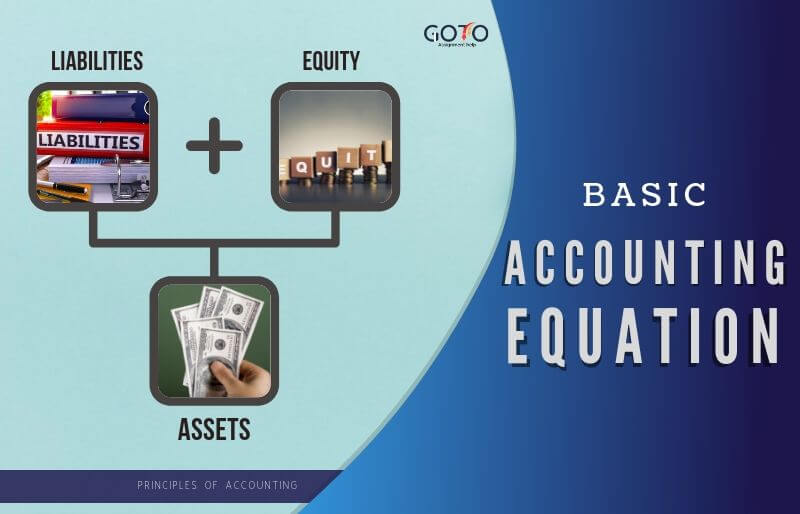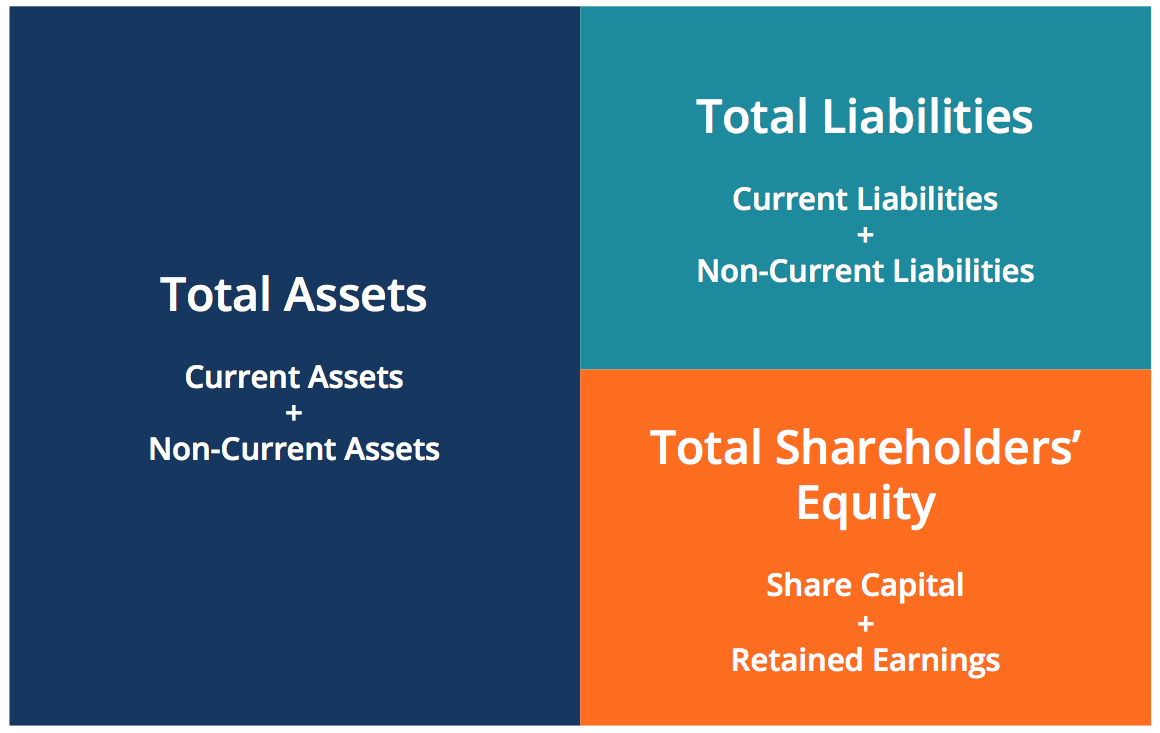
These are assets that we’re going to expect to use for more than 1 year. So good examples of those are going to be things like land or machinery or if we buy a building, right? These are things that we’re not just gonna use for 1 year, we’re gonna use them for a long period of time. If we’re going to use it for multiple years, that’s a long term asset. This equation holds true for all business activities and transactions.
Why must Accounting Equation always Balance?
For example, when a company is started, its assets are first purchased with either cash the company received from loans or cash the company received from investors. Thus, all of the company’s assets stem from either creditors or investors i.e. liabilities and equity. The income and retained earnings of the accounting equation is also an essential component in computing, understanding, and analyzing a firm’s income statement. This statement reflects profits and losses that are themselves determined by the calculations that make up the basic accounting equation.
- Because there are two or more accounts affected by every transaction carried out by a company, the accounting system is referred to as double-entry accounting.
- Examples of assets include cash, accounts receivable, inventory, prepaid insurance, investments, land, buildings, equipment, and goodwill.
- A credit in contrast refers to a decrease in an asset or an increase in a liability or shareholders’ equity.
- Corporate shares are easily transferable, with the current holder(s) of the stock being the owners.
- It serves as a vital tool for financial analysis and reporting.
The accounting equation And how it stays in balance
The business has paid $250 cash (asset) to repay some of the loan (liability) resulting in both the cash and loan liability reducing by $250. We will now consider an example with various transactions within a business to see how each has a dual aspect and to demonstrate the cumulative effect on the accounting equation. After the company formation, Speakers, Inc. needs to buy some equipment for installing speakers, so it purchases $20,000 of installation equipment from a manufacturer for cash.

Example: How to Calculate the Accounting Equation from Transactions
This business transaction decreases assets by the $100,000 of cash disbursed, increases assets by the new $500,000 building, and increases liabilities by the new $400,000 mortgage. As you can see, assets equal the sum of liabilities and owner’s equity. This makes sense when you think about it because liabilities and equity are essentially just sources of funding for companies to purchase assets. When the total assets of a business increase, then its total liabilities or owner’s equity also increase.
Impact of transactions on accounting equation
After saving up money for a year, Ted decides it is time to officially start his business. He forms Speakers, Inc. and contributes $100,000 to the company in exchange for all of its newly issued shares. This business transaction increases company cash and increases equity by the same amount.
So some common current liabilities like you see here is accounts payable. We had an invoice and we’ve got to pay that invoice to them. If we took out a loan that we’re going to pay back in less than a year, just a short term kind of keep our money flowing, well that would be a current liability. Compare that with a long term liability which is payable in over 1 year, right?
The total change on the left side is always equal to the total change on the right. Thus, the resulting balances of both sides will always be equal. Capital refers to the interest of the owner/s of the business. The owner’s interest is the value of total assets left after all liabilities to creditors and lenders are settled. Capital is increased by contributions by the owner/s and income.
It is sometimes called net assets, because it is equivalent to assets minus liabilities for a particular business. ” The answer to this question depends on the legal form of the entity; examples of entity xero accountants in auckland types include sole proprietorships, partnerships, and corporations. A sole proprietorship is a business owned by one person, and its equity would typically consist of a single owner’s capital account.
Every transaction is recorded twice so that the debit is balanced by a credit. A company’s quarterly and annual reports are basically derived directly from the accounting equations used in bookkeeping practices. These equations, entered in a business’s general ledger, will provide the material that eventually makes up the foundation of a business’s financial statements. This includes expense reports, cash flow and salary and company investments.
To learn more, see Explanation of Debits and Credits. To make the Accounting Equation topic even easier to understand, we created a collection of premium materials called AccountingCoach PRO. Our PRO users get lifetime access to our accounting equation visual tutorial, cheat sheet, flashcards, quick test, and more. Interest (ie finance costs) are an expense to the business.
The accounting equation helps to assess whether the business transactions carried out by the company are being accurately reflected in its books and accounts. Below are examples of items listed on the balance sheet. This straightforward relationship between assets, liabilities, and equity is considered to be the foundation of the double-entry accounting system. The accounting equation ensures that the balance sheet remains balanced.
